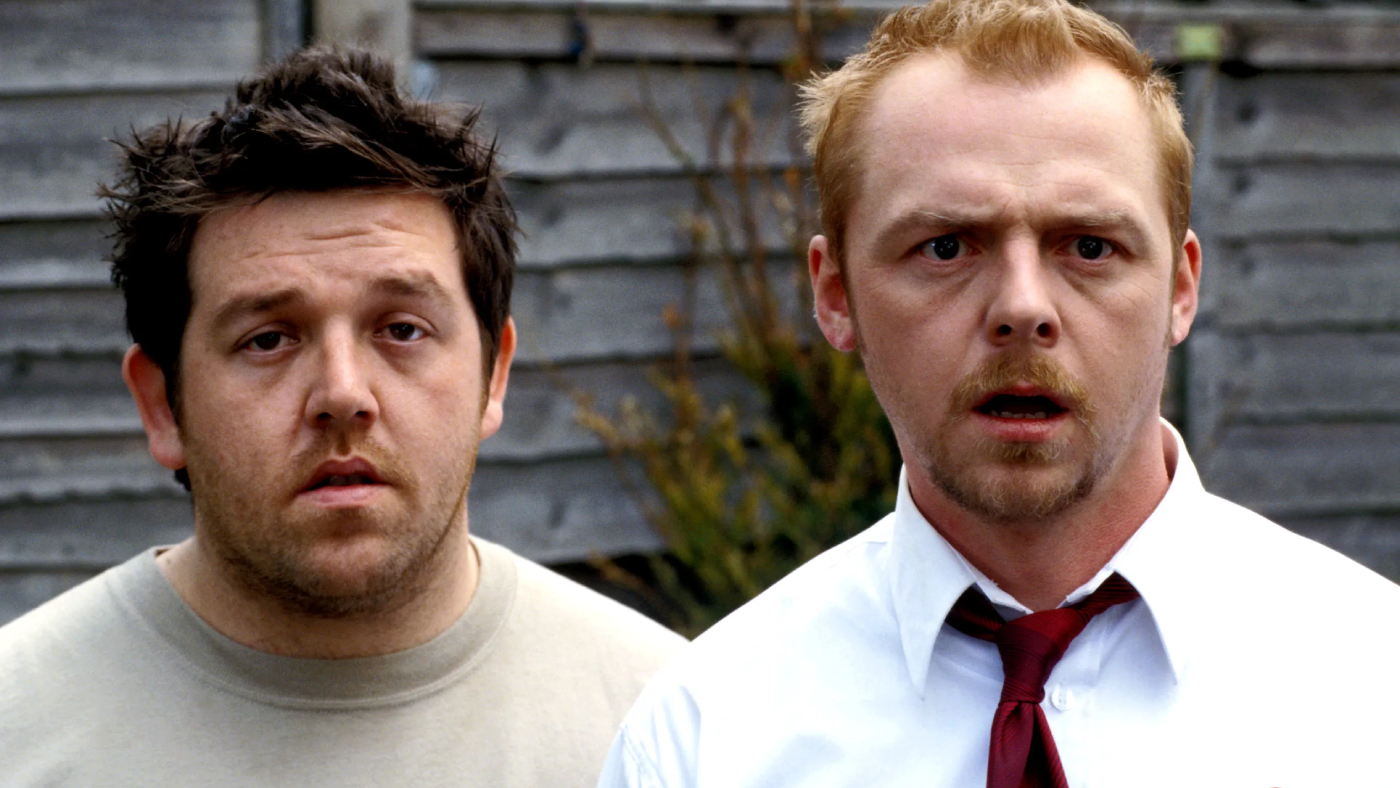In a nutshell
- In a competitive industry such as screenwriting, it’s critical to be at the peak of your abilities.
- Even experienced writers benefit from practice to avoid bad habits, boost productivity, improve story crafting and promote detachment from drafts, which helps in the selling process.
- Constant practice and dedication are crucial to screenwriting, and practicing targeted exercises can help enhance your skills and storytelling ability.
Whether you’re a seasoned writer or just starting out, there’s always room to improve your screenwriting craft. Writing requires constant practice and dedication, especially in the fiercely competitive realm of screenwriting. Screenwriting is a skill that demands continuous practice and dedication. To become a proficient screenwriter, commitment to honing your craft is vital. Incorporating targeted exercises into your routine can elevate your screenwriting skills and develop your storytelling ability.
Here, we have seven exercises to help you become a better screenwriter. So grab your pen and paper; let’s begin.
Why screenwriting practice is important even if you’re a seasoned writer
For a seasoned writer, it’s tempting to become complacent. However, practice remains crucial for all writers, regardless of their experience level. Continuous practice helps you prevent falling into bad writing habits or becoming stagnant. It creates an opportunity to experiment with new techniques, styles, genres and formats. By doing so, you sidestep creative ruts that can undermine your overall confidence in your abilities. Moreover, practice can enhance your productivity by making the act of writing feel more natural and fluid. This leads to faster drafting times and fewer obstacles in shaping your story. Practice also serves as a mechanism to identify and strengthen weak spots in your work and promotes a healthy detachment from your drafts. This is helpful when you try selling your scripts, as most scripts are changed once sold.
Consistent practice, even for an experienced screenwriter, ensures continued growth in writing abilities over time — resulting in better stories. For screenwriting novices with a lot to learn, these exercises will take you far.
Exercise 1: Writing prompts and stream-of-consciousness
Writing prompts are ideas or topics that give screenwriters a starting point. They can be specific, like “write a scene where two characters argue over dinner,” or broad, like “write a story about love.” Challenging yourself to write on different topics and themes will stretch your creative muscles and spark new ideas.
Stream-of-consciousness writing involves writing without stopping or censoring yourself. The idea of this exercise is to allow your thoughts to flow freely onto the page. This technique, used alongside writing prompts, can help you discard self-judgment and explore new ideas for your characters. Try out The Most Dangerous Writing App if you’d like to get started with stream-of-consciousness writing.
Try these exercises out if you have trouble getting started or want to flex your creative muscles.
Exercise 2: Script analysis
Script analysis, a vital exercise for screenwriters, involves studying and analyzing existing scripts to grasp what makes them work. This exercise helps writers develop a critical eye for storytelling and structure.
Begin by selecting a script that aligns with your interests or chosen genre. Alternatively, pick one you wouldn’t usually find appealing for an added challenge. Read through it several times, taking note of the story’s arc, character development, dialogue flow, pacing and scene transitions.
Next, assess every script element in detail. Evaluate its tone, setting and mood. Determine whether it meets market standards. Identify clichés or tropes and consider why these elements work well or not within the narrative.
Reviewing films adapted from books into movies also benefits this exercise. It helps you see how one medium informs the other. Analyze the creative choices regarding plot event adaptation. Consider what you might do differently.
Exercise 3: Genre exploration
Exploring different genres is a great exercise for screenwriters. It can help you expand your writing skills and enhance your storytelling capabilities. Analyzing these scripts will show you how the plot develops, what kind of characters are involved and how dialogue flows within that specific genre. You will gain insight into the conventions of each genre and develop a broader repertoire to create unique stories.
Try experimenting by combining two different genres in one script. For instance, meld horror with comedy or romance with sci-fi. This experiment could lead to something entirely original and unexpected.

Exercise 4: Character development
Character development is pivotal in screenwriting. Characters must be three-dimensional and relatable. Understanding their backstory, motivations and flaws inform their decisions throughout the story.
To develop well-rounded characters, start by identifying their goals and conflicts. What do they desire? What obstacles do they face? How will they overcome them? These queries will help you create a character arc that resonates with viewers.
Give your characters unique quirks or traits, setting them apart from others in the story. This addition makes them more memorable and adds depth to their personalities. Also, consider how your characters interact with each other. Character relationships should be complex and dynamic, mirroring real-life interactions. Avoid stereotypes when developing your characters. Strive for originality while maintaining relatability.
Exercise 5: Dialogue practice
Dialogue brings characters to life and propels the plot forward in any great screenplay. However, crafting convincing and engaging dialogue can challenge even experienced screenwriters.
Dedicate time to observe real-life conversations around you. Note authentic speech patterns and word choices. These observations will help you write more realistic dialogue. However, note that while it’s important to write realistic-sounding dialogue, film dialogue trims the filler language real-life conversations typically have. While it’s important to make sure your characters are believable, you must make what they’re saying interesting and serve the story somehow. Also, give each character distinct speech styles, tones, pacing, vocabulary and colloquialisms.
Other details to monitor include subtext, humor, conflict and tension in the conversations. The more you practice writing dialogue in various contexts, the better equipped you’ll be to write dynamic, engaging scenes.
Exercise 6: Adaptation exercise
Adaptation exercise is an excellent way to hone your screenwriting skills. It involves adapting a novel, short story or real-life event into a screenplay. This exercise allows you to practice storytelling and understand how to translate written material into visual terms.
One of the benefits of this exercise is that it helps you break away from your usual writing habits. When working on original content, writers often draw inspiration from personal experiences, limiting creativity due to attachment to personal truth. However, adapting someone else’s work or story allows more room for interpretation and experimentation.
Remember, no matter how good the source material might be, it’s up to you, the screenwriter, to turn it into compelling on-screen content.
Exercise 7: Re-imagining
A micro-trend in the production world lately offers an additional mode for practice: Re-imagining outdated scripts or stories. Take, for instance, Netflix’s miniseries “Hollywood” (2020). It combines several known real-life characters from Hollywood’s murky history, adds a few fictional characters, then re-imagines the stories with updated themes. It creates an alternate vision of how history might have been without the rampant bigotry, racism and sexism that permeates society.
One approach is to re-imagine a popular story from a different angle. Consider changing the genre, setting or even the protagonist’s personality traits to see the impact on the overall narrative.
You can also retell it from a different character’s perspective, playing with the “two sides to every story” concept. For example, how would the story of your favorite film change if the supporting actress became the main character?
Cut and scene
Successful screenwriting involves a willingness to take risks. By following these seven exercises — writing prompts and stream-of-conscious writing, script analysis, genre exploration, character development, dialogue practice, adaptation exercise and re-imagining — you’ll grow into a stronger writer. You’ll enhance your ability to craft compelling stories for television or film screens.
The journey to becoming a better screenwriter never truly concludes. There’s always room for growth, improvement and exploration. That’s what makes it writing an art form of endless possibilities.








